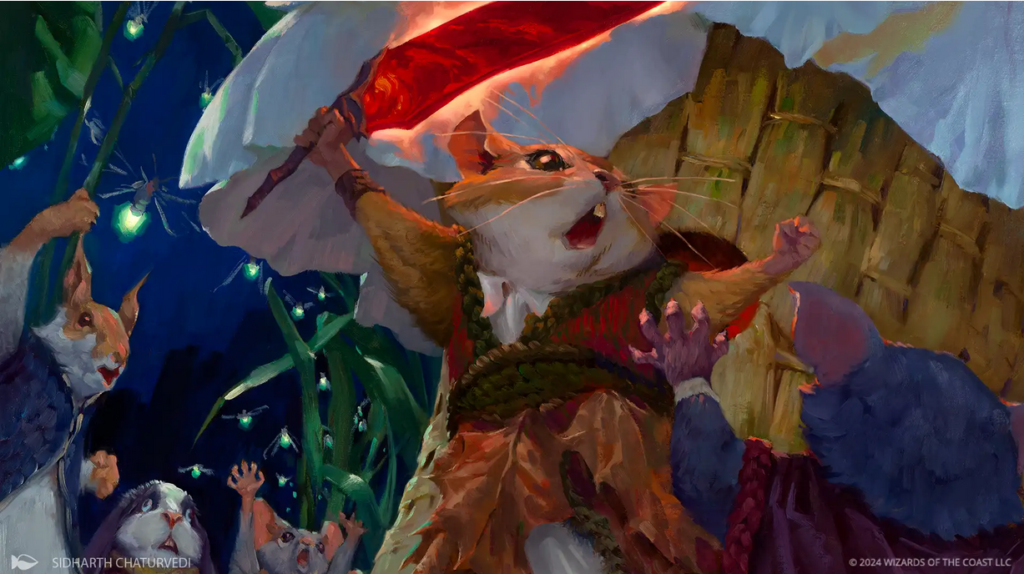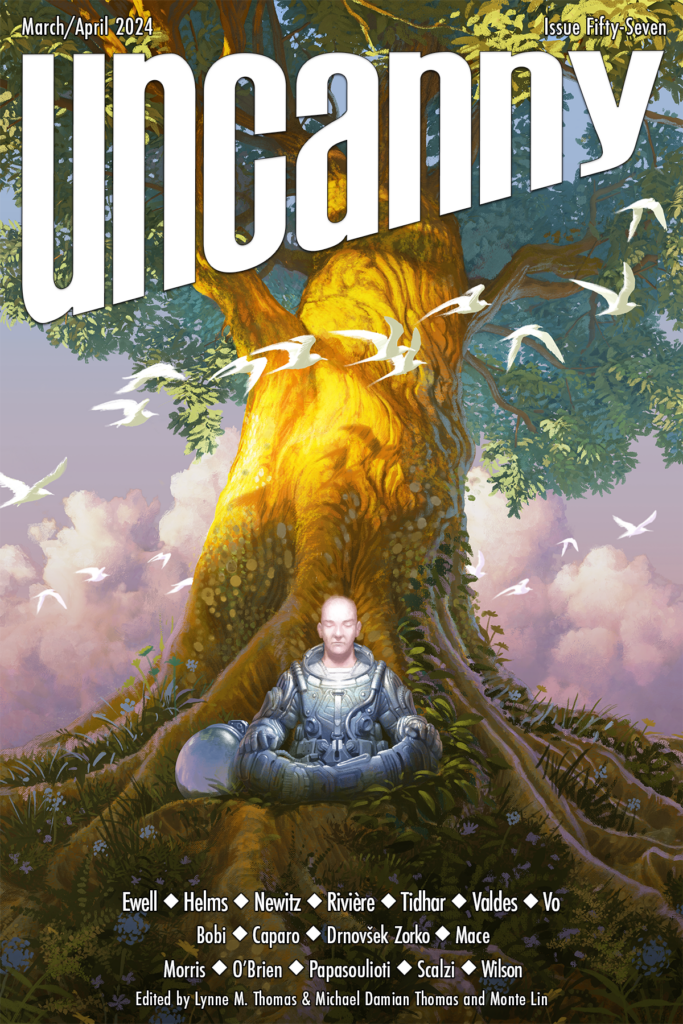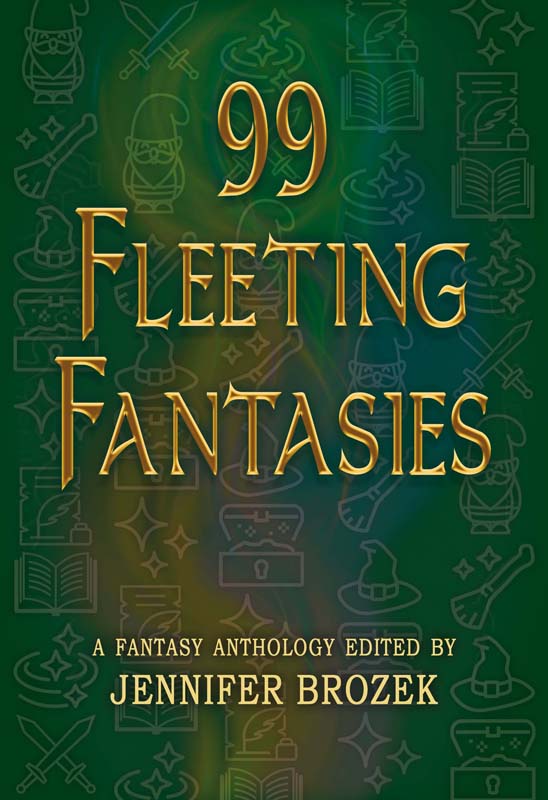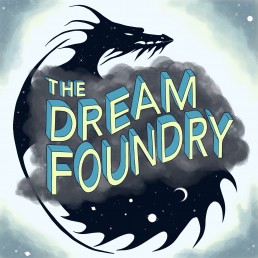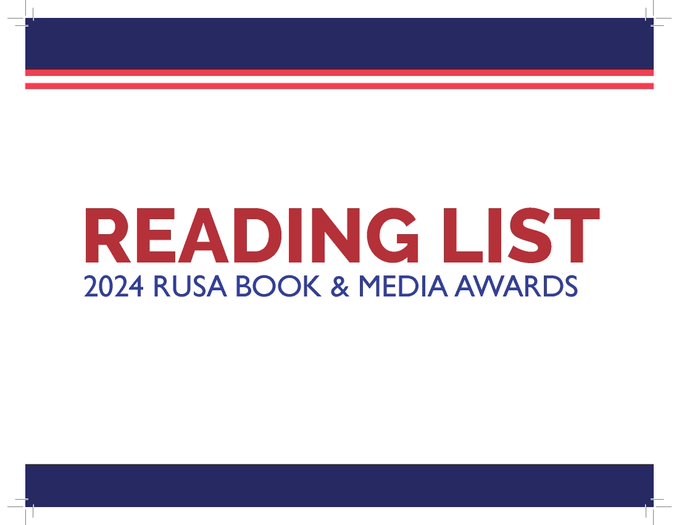CW: animal illness and death and a lot of big feelings
My last blog post was in July, and looking back at it, I’m not entirely sure how I even managed that much.
When Bloomburrow came out, I had to put one of my cats to sleep. Wash had been ill for so long, and I’d spent so much time and energy and money caring for him, and it still felt like… there isn’t even a good analogy for it. I felt like I’d failed him, even though I knew I’d done everything I could. But what if there were something I missed? What could I have done differently? Thoughts like this don’t have to make sense for them to hang around like ghosts, making awful noises and startling you when you least expect it.
Inara died last week. She’d been sick, too, but she kept perking up every time she had a bad spell, until it seemed like she would always bounce back if I just did the right things. Gave her the right care. That’s not how anything works, I know, and yet. The thoughts. The ghosts. They’re hard to ignore.
I think it’s been at least a year since I slept through the night, since I didn’t flinch and rush into another room when anything made a sound like vomiting, since my daily life wasn’t divided into a series of alarms going off every four hours to remind me to do something for a cat. It’s been 19 years since my house has been empty of pets. It’s weird and I’m not sure when I’ll get used to it.
Still, life goes on, work never ends, and deadlines, despite the name, don’t stop for death.
I finished the copy edits for Mage You Look, which is now called Witch You Would, the day Inara died. I sat on the couch watching the BBC version of Pride and Prejudice, and I cried, and I made myself do the work. I’m crying now as I type this, blowing my nose over and over. If I waited for the tears to stop, for the feelings to fade, I’d never get anything done.
Anyone who’s ever been to therapy is probably reading this and wishing they could reach through the internet and shake me. It’s okay; I also wish I could shake me sometimes!
There’s a theory that juggling obligations is like juggling a mix of things, some of which are breakable and some that aren’t, and when you have to drop things, it’s best to choose the ones that won’t break. This blog is one example of a thing that, compared to the other stuff I was juggling, wasn’t so fragile. My newsletter is another. I prioritized my day job, my writing, Escape Pod, and figured this would be waiting for me when I could come back to it.
Am I back? I’m not sure. The world is on fire, quite literally right now in Los Angeles, and we’re all juggling as best we can as life keeps throwing more things at us. It’s always been easier for me to make a small, random post on social media than to attempt to dredge up a longer form series of cogent ideas or observations here. But given the way social media is trending, I think it behooves me to at least use this space, which is most wholly mine, to update people on me and my writing and such.
So hi. It’s 2025, and I have no particular resolutions, just obligations and due dates. But it snowed here and my kids had a ton of fun playing in it, and the trees around my house are full of puffed-up birds trying to stay warm, and a deer is walking through my yard looking for something to eat. Life comes at you slow until it doesn’t.

